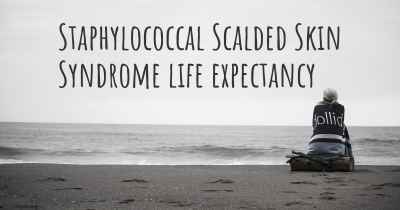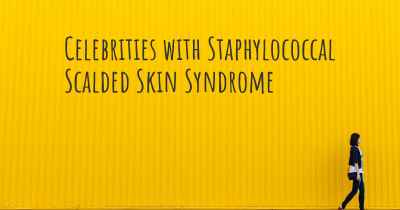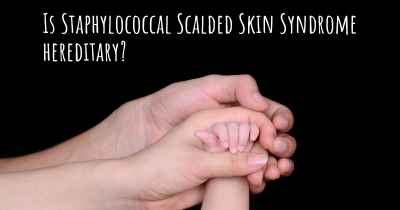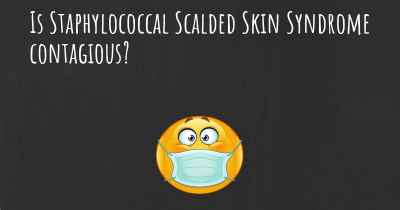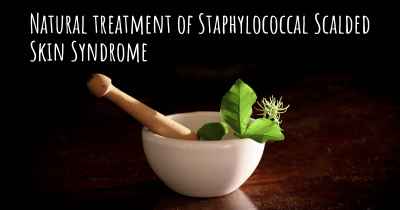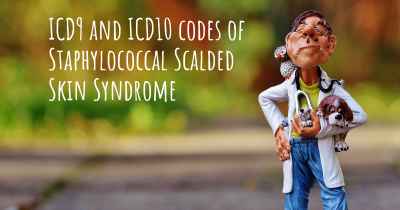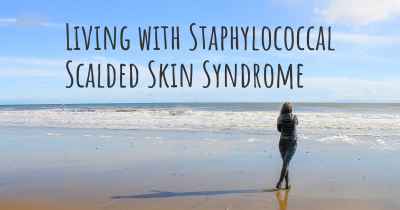What are the best treatments for Staphylococcal Scalded Skin Syndrome?
See the best treatments for Staphylococcal Scalded Skin Syndrome here
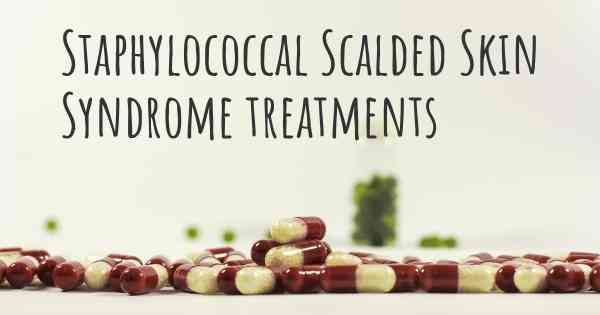
Treatments for Staphylococcal Scalded Skin Syndrome
Staphylococcal Scalded Skin Syndrome (SSSS) is a serious skin condition caused by an infection with certain strains of Staphylococcus aureus bacteria. It primarily affects infants, young children, and individuals with weakened immune systems. SSSS is characterized by widespread blistering and peeling of the skin, resembling a severe burn or scald.
1. Antibiotics: The cornerstone of treatment for SSSS is the administration of appropriate antibiotics to eliminate the underlying Staphylococcus aureus infection. Intravenous antibiotics, such as penicillinase-resistant penicillins or cephalosporins, are commonly used. The choice of antibiotic may vary depending on the severity of the infection and the susceptibility of the bacteria to specific drugs.
2. Fluid and electrolyte replacement: SSSS can cause significant fluid loss due to the extensive skin damage and blistering. It is crucial to maintain hydration and electrolyte balance in affected individuals. Intravenous fluids may be administered to replace lost fluids and maintain adequate hydration.
3. Pain management: The blistering and peeling of the skin in SSSS can be extremely painful. Pain management strategies, such as the use of analgesics or topical anesthetics, may be employed to alleviate discomfort and improve the patient's overall well-being.
4. Wound care: Proper wound care is essential in managing SSSS. The affected skin should be kept clean and protected to prevent secondary infections. Gently cleansing the skin with mild antiseptic solutions and applying sterile dressings can aid in the healing process and reduce the risk of further complications.
5. Isolation and infection control: Since SSSS is highly contagious, strict isolation precautions should be implemented to prevent the spread of the infection. Infected individuals should be placed in a separate room and healthcare providers should adhere to proper hand hygiene and wear appropriate personal protective equipment.
6. Supportive care: In severe cases of SSSS, additional supportive care may be necessary. This can include measures such as intravenous immunoglobulin therapy to boost the immune system, nutritional support to ensure adequate intake of essential nutrients, and close monitoring of vital signs and overall clinical status.
7. Follow-up care: After the acute phase of SSSS has resolved, regular follow-up visits with healthcare professionals are important to monitor the healing process and prevent any potential complications. The skin may take several weeks to fully recover, and scarring is possible in some cases.
It is crucial to note that the treatment of SSSS should always be carried out under the guidance of a healthcare professional. Prompt diagnosis and appropriate management are essential to minimize the risk of complications and promote a successful recovery.
Posted Feb 4, 2019 by Amber 2000
